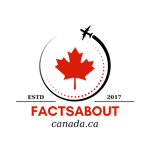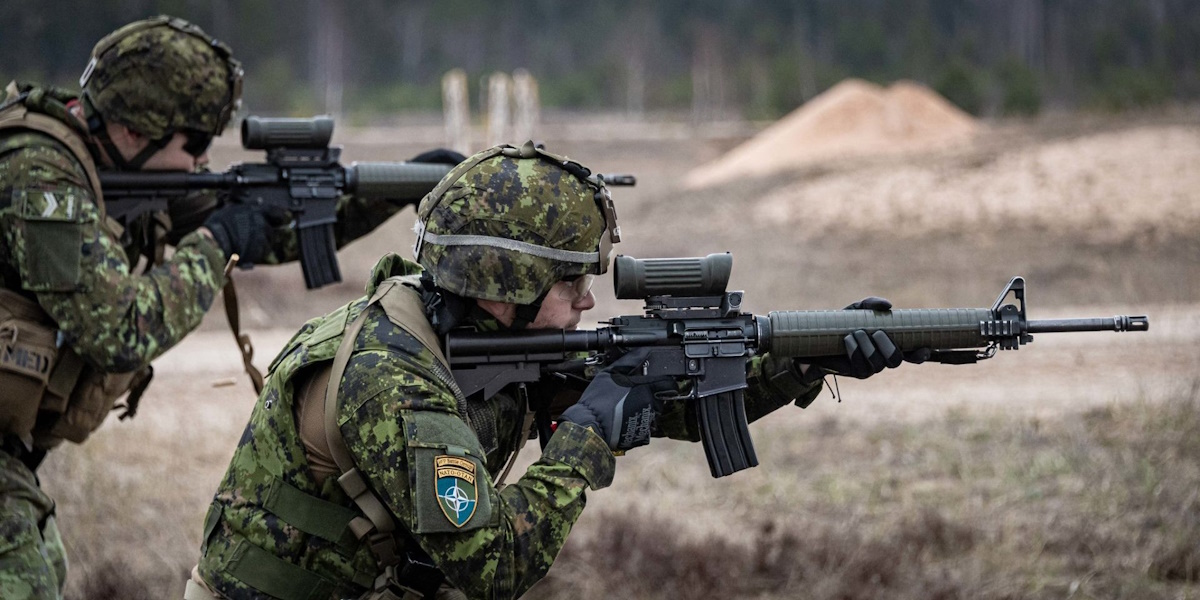The Canadian Armed Forces (CAF): Standing Guard for Canada
The Canadian Armed Forces (CAF) are the unified military forces responsible for defending Canada, its interests, and its values at home and abroad. Comprised of skilled, dedicated, and professional personnel across the Canadian Army, Royal Canadian Navy, and Royal Canadian Air Force, the CAF is a source of pride for Canadians.
Structure and Key Facts
- Branches:
- Canadian Army: Ground forces responsible for domestic and international land-based operations.
- Royal Canadian Navy: Maritime forces protecting Canada’s vast coastlines and playing a global role in naval operations.
- Royal Canadian Air Force: Provides air power for national defense, search and rescue operations, and supports international missions.
- Commander-in-Chief: The reigning Monarch of Canada (currently King Charles III), represented by the Governor General.
- Leadership:
- Minister of National Defence: Responsible for civilian oversight of CAF.
- Chief of the Defence Staff: The senior military commander in the CAF.
- Size:
- Regular Force: Approximately 68,000 active-duty personnel.
- Reserve Force: Approximately 27,000 part-time personnel who supplement regular forces.
- Budget: 2022 defense budget of approximately $26.9 billion (USD).
Roles and Operations
-
Defending Canada:
- Protecting sovereignty over land, air, and sea.
- Deterring potential adversaries.
- Responding to domestic emergencies like natural disasters.
-
North American Defense: Close partnership with the United States in NORAD (North American Aerospace Defense Command), ensuring continental security.
-
International Security: Participating in international missions under organizations such as:
- NATO (North Atlantic Treaty Organization): Collective security alliance.
- United Nations: Peacekeeping and humanitarian operations.
-
Search and Rescue: Extensive involvement in search and rescue operations across Canada’s challenging terrain and waters.
History: Valour and Service
- Early Origins: Canadian militia and volunteer units played roles in conflicts dating back to the colonial era.
- World Wars: Made significant and heroic contributions in both World War I and World War II, with battles like Vimy Ridge and D-Day etched in history.
- Korean War: Canadian forces distinguished themselves in the Korean War (1950-1953).
- Modern Era: Participated in the Gulf War, peacekeeping missions in the Balkans, and the conflict in Afghanistan.
Equipment
The CAF utilizes modern and advanced equipment across its branches:
- Army: Armored vehicles, artillery, tanks, infantry weapons.
- Navy: Frigates, submarines, patrol vessels, and support ships.
- Air Force: Fighter jets (CF-18 Hornets and future F-35s), transport aircraft, surveillance aircraft, helicopters.
Diversity and Inclusion:
The CAF is committed to fostering a diverse and inclusive environment that reflects Canadian society as a whole. Efforts are ongoing to increase representation of women, visible minorities, Indigenous peoples, and LGBTQ2+ individuals.
Challenges and the Future
- Aging Equipment: Some CAF equipment is outdated and needs replacement or upgrades.
- Recruitment: Attracting and retaining personnel to meet operational demands is an ongoing priority.
- Changing Security Landscape: Adapting to new and evolving threats, including cybersecurity and complex global conflicts.
The CAF: A Respected Institution
The Canadian Armed Forces is a respected force known for its professionalism, skill, and dedication to Canada’s security. From historical battlefields to present-day operations, CAF members exemplify Canada’s commitment to peace, democracy, and international cooperation.

